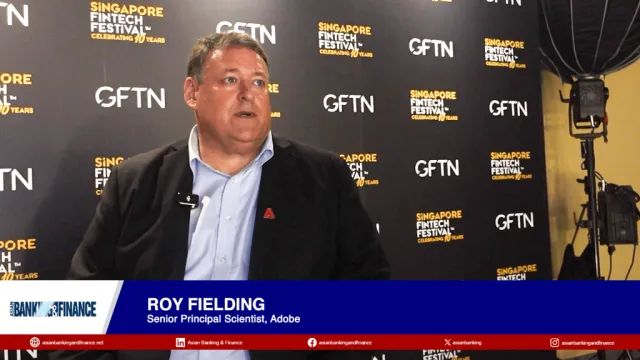Compliance and legacy systems stall B2B payment shift
Retail drives digital payments as B2B adoption lags.
Digital payments are booming in Asia-Pacific retail, but the same can’t be said for business-to-business (B2B) transactions. Despite projections that the B2B market will double in size after 2023, adoption remains slow due to a range of structural and regulatory challenges.
“Asia-Pacific is one of the most complex regions when it comes to regulation. B2B payments must respond to both local regulators and corporate governance requirements,” said Mary Yan, Senior Director Analyst at Gartner.
“B2B payments are not as simple as retail payments. Financial institutions must often deal with multiple parties and complex agreements like escrow payments,” she added.
Namit Goel, Managing Partner and Co-Founder at Ken Research, agreed, citing additional roadblocks such as complex transaction terms and legacy inertia among small- and medium-sized enterprises (SMEs).
“B2B payments involve custom contracts, multi-tier approvals, deferred payment terms, and delivery milestones. That makes instant payment less relevant,” Goel explained. “Many SMEs are entrenched in paper-based invoicing, and switching to digital requires costly change management.”
He also noted a lack of standardisation in B2B payment formats and reconciliation methods, as well as a general perception of risk. “Trust deficit, fraud risks, and regulatory gray zones, especially in cross-border payments, continue to challenge B2B platforms,” Goel said.
Yan further pointed out that modern ERP and treasury systems are critical to smooth B2B payments—but adoption remains low. “Very few corporations have upgraded their ERP or treasury platforms to support digital automation,” she said.
Despite these challenges, both experts see significant opportunities for banks.
“Banks should embed payments into working capital management solutions,” said Yan. “They should also target SMEs—especially in Southeast Asia, where SMEs contribute significantly to GDP—and explore trends like real-time cross-border payments and CBDCs.”
Goel sees potential in embedded finance, supply chain financing, and cross-border platforms. “Banks can offer APIs for invoicing and capital tools, support multi-currency wallets, and even monetise payment data through AI-powered dashboards,” he said. “Partnering with fintechs for SME onboarding and smart reconciliation tools is also key.”

















 Advertise
Advertise







Commentary
Why APAC banks must rethink their approach to the cost reduction challenge
Thailand backs major conglomerates for digital banks but risks stifling innovation